Frequently Asked Questions
1. What are the main benefits of carrying a pocket knife for self-defense?
2. What features should I look for when choosing a folding knife for self-defense?
3. What legal considerations should I be aware of when carrying a pocket knife?
4. What types of training can help me use a pocket knife effectively for self-defense?
5. How should I maintain my folding knife to ensure it's effective for self-defense?
When it comes to self-defense, few tools pack as much practicality and versatility as a pocket knife. Particularly, Folding Knives offer an amazing balance of portability and functionality, making them an essential accessory for many enthusiasts. However, with the myriad options available, selecting the right pocket knife for self-defense can be overwhelming. In this article, we will delve into the crucial aspects of choosing a pocket knife that can serve as an effective self-defense tool while still being an excellent utility knife.
The Importance of a Pocket Knife for Self-Defense
A pocket knife can be a reliable companion in emergency situations. Here's why having a good pocket knife is vital for self-defense:
- Portability: A pocket knife is easy to carry and conceals well.
- Versatility: Beyond self-defense, it can help with everyday tasks.
- Accessibility: Quick deployment can be a lifesaver in a crisis.
Key Features to Consider in Folding Knives
When selecting a pocket knife for self-defense, knowing what to look for in a Folding Knife is crucial. Here are the essential features to consider:
Blade Material
The material of the blade affects durability, corrosion resistance, and sharpness retention. Common materials include:
- Stainless Steel: Offers excellent corrosion resistance and is easy to maintain.
- Carbon Steel: Known for its superior edge retention but is prone to rust if not cared for.
Blade Length
For self-defense, blade length can impact your effectiveness in a tense situation. In most jurisdictions, a blade length of 3 to 4 inches is ideal. It is manageable and can still deliver a decisive thrust if needed.
Blade Design
The design of the blade plays a significant role in how effective your pocket knife can be. Here are some popular designs:
- Drop Point: Versatile and ideal for controlled cuts.
- Tanto: Strong tips suitable for piercing but can struggle with slicing.
- Clip Point: Offers a sharp point ideal for slicing, but might not provide enough strength for hard-use situations.
Handle Quality
The grip and feel of the knife in your hand can make a world of difference. Key factors to consider include:
- Material: Look for durable materials like G10 or rubber for better grip.
- Ergonomics: Ensure that the handle fits comfortably in your hand for ease of use.
- Texturing: A well-textured handle can improve grip in slippery situations.
Locking Mechanism
Safety is paramount, especially when using a knife for self-defense. There are various types of locking mechanisms, including:
- Liner Lock: A spring-loaded bar that holds the blade in place.
- Frame Lock: Similar to liner locks but uses the handle's frame.
- Back Lock: A classic mechanism that is incredibly strong and reliable.
Legal Considerations for Carrying Pocket Knives
Legalities surrounding carrying a pocket knife can vary widely depending on location. Always be aware of local laws regarding:
- Blade length restrictions
- Conceal carry rules
- Definition of "self-defense" weapons
Checking these laws before purchasing or carrying a folding knife can prevent misunderstandings or legal troubles.
Training for Effective Use
Merely possessing a pocket knife doesn't ensure self-defense preparedness. Here are some suggestions for effective training:
- Self-Defense Classes: Attend classes that teach you how to use a knife effectively, focusing on both offensive and defensive techniques.
- Practice: Regularly practice deploying and using your folding knife. Familiarity breeds confidence.
Maintaining Your Folding Knife
A well-maintained knife ensures efficacy and longevity. Here are some steps for upkeep:
- Cleaning: Regularly clean your knife to prevent gunk build-up that can impair functionality.
- Oiling: Apply a drop of oil to the pivot point to maintain smooth opening and closing.
- Sharpening: Invest in a quality sharpener to keep your blade edge ready for any situation.
Understanding Your Comfort Level
Your comfort level with carrying a knife for self-defense plays a critical role in whether it will be an asset or a liability. Consider the following:
- Personal Comfort: Do you feel comfortable carrying a knife in public? Assess your comfort zone before making a decision.
- Situational Awareness: Users must be aware of their surroundings, and having a knife means taking on the responsibility of its use.
The Right Mindset
The right mindset is equally essential when it comes to self-defense situations. You must prepare to use your Folding Knife as a last resort. Always prioritize de-escalation and avoidance. Having a solid understanding of your personal ethics around self-defense can prepare you mentally for any eventuality.
Top Scenarios Where a Pocket Knife Can Be Useful
Here are several situations when having a pocket knife can come in handy:
- Emergency Situations: Quick access to a tool that can aid in an emergency, like cutting a seatbelt.
- Defensive Action: In dire circumstances, having a knife can be key to defending oneself.
- Utility Functions: Opening boxes, cutting rope, or prying things apart. A knife serves many roles.
Finding a Balance: Everyday Carry (EDC)
Choosing a pocket knife for self-defense means integrating it into your daily life. Here are tips for effective everyday carry:
- Weight: Opt for a knife that’s lightweight and easy to carry.
- Fit in Your Pocket: Ensure the size allows for easy concealment while remaining practical for everyday tasks.
- Style: Choose a knife that reflects your style and personality. An aesthetically pleasing knife may encourage regular use.
Final Thoughts on Your Pocket Knife Selection
Choosing a pocket knife for self-defense is a decision that should not be taken lightly. Consider the essential features, legal implications, and personal comfort before making your choice. Remember that a pocket knife is more than just a tool; it is a commitment to safety and self-reliance. Don't forget to familiarize yourself with proper usage and secure the necessary training to maximize your preparedness for any situation. With the right knife and training, you can carry a tool that serves both practical day-to-day duties and invaluable self-defense capabilities.


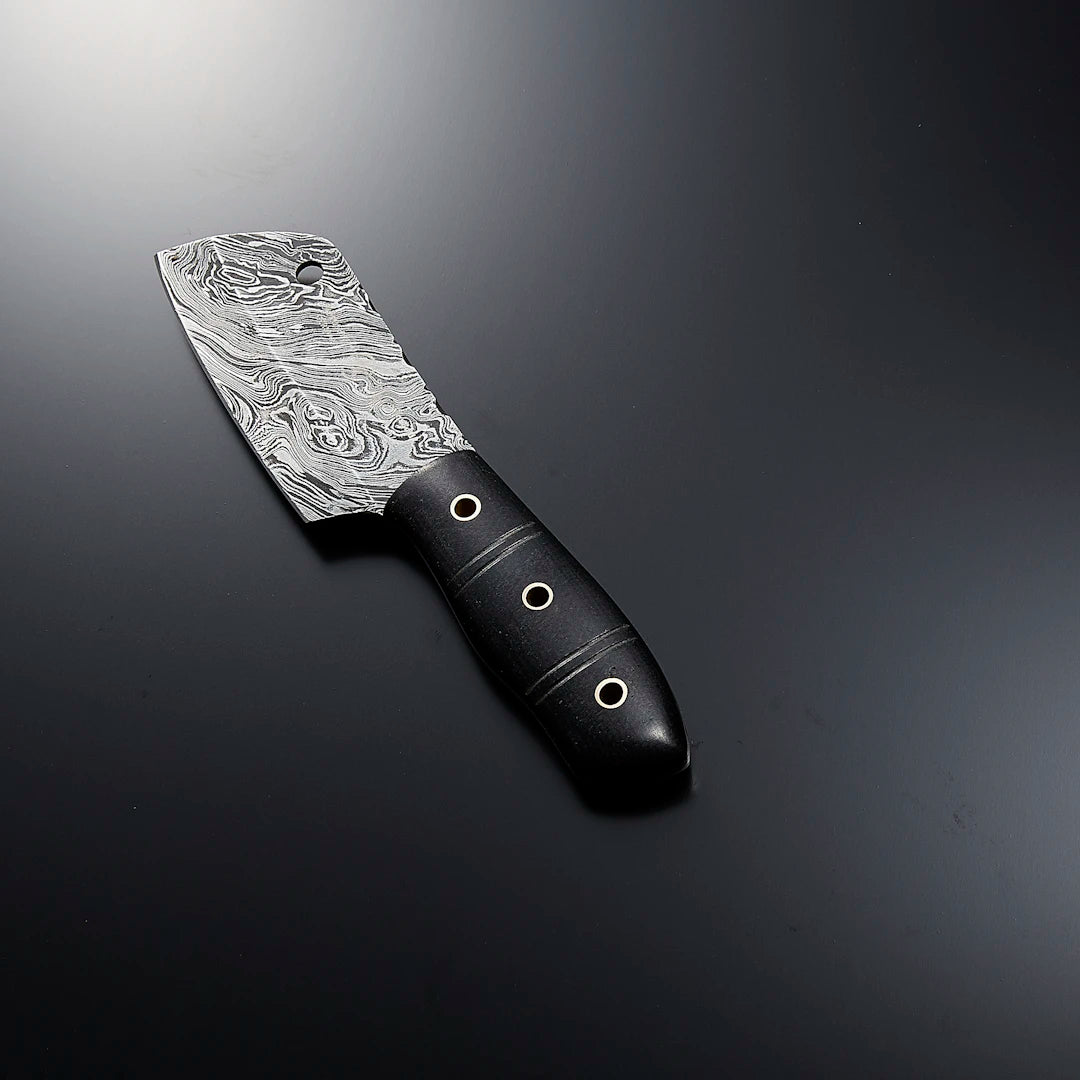
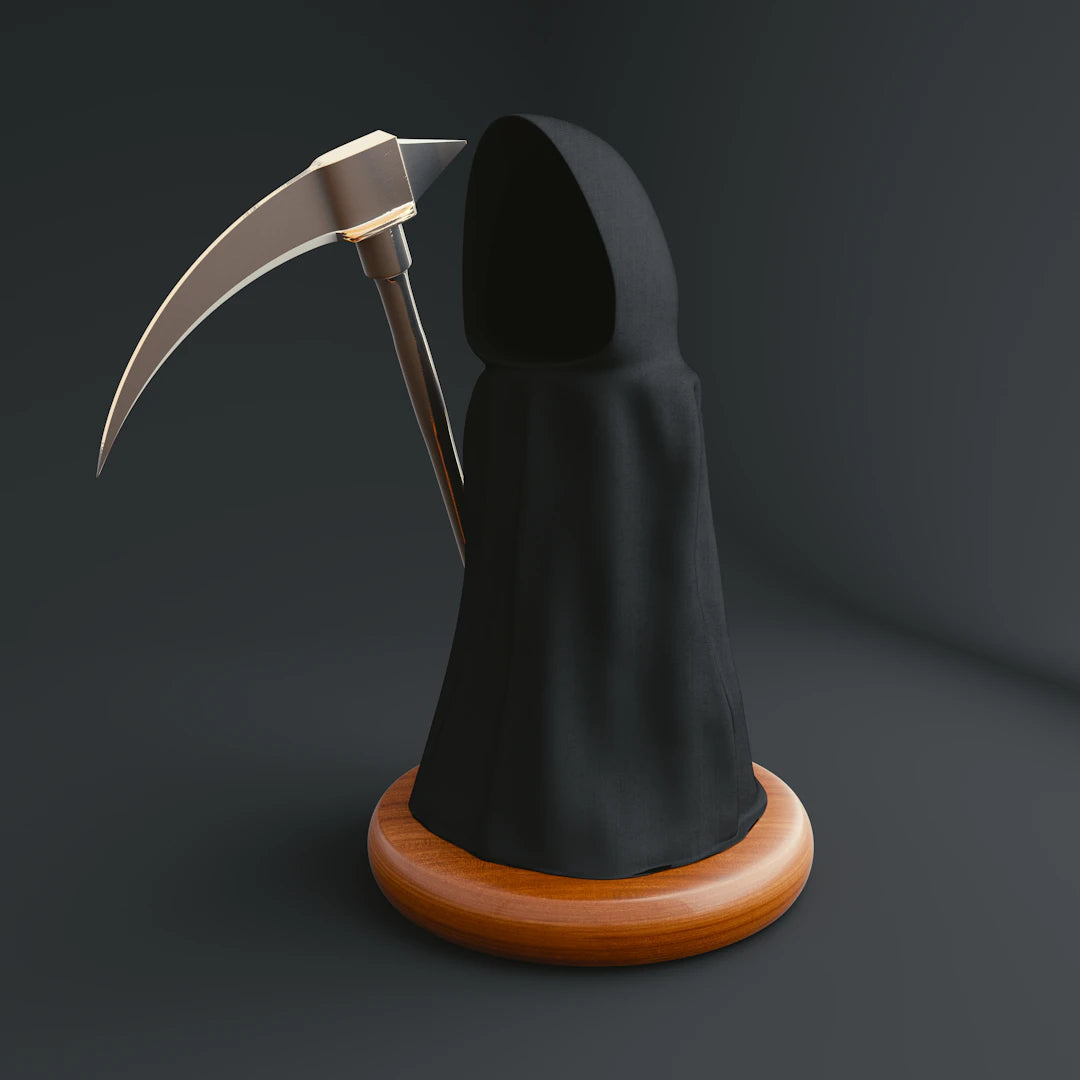
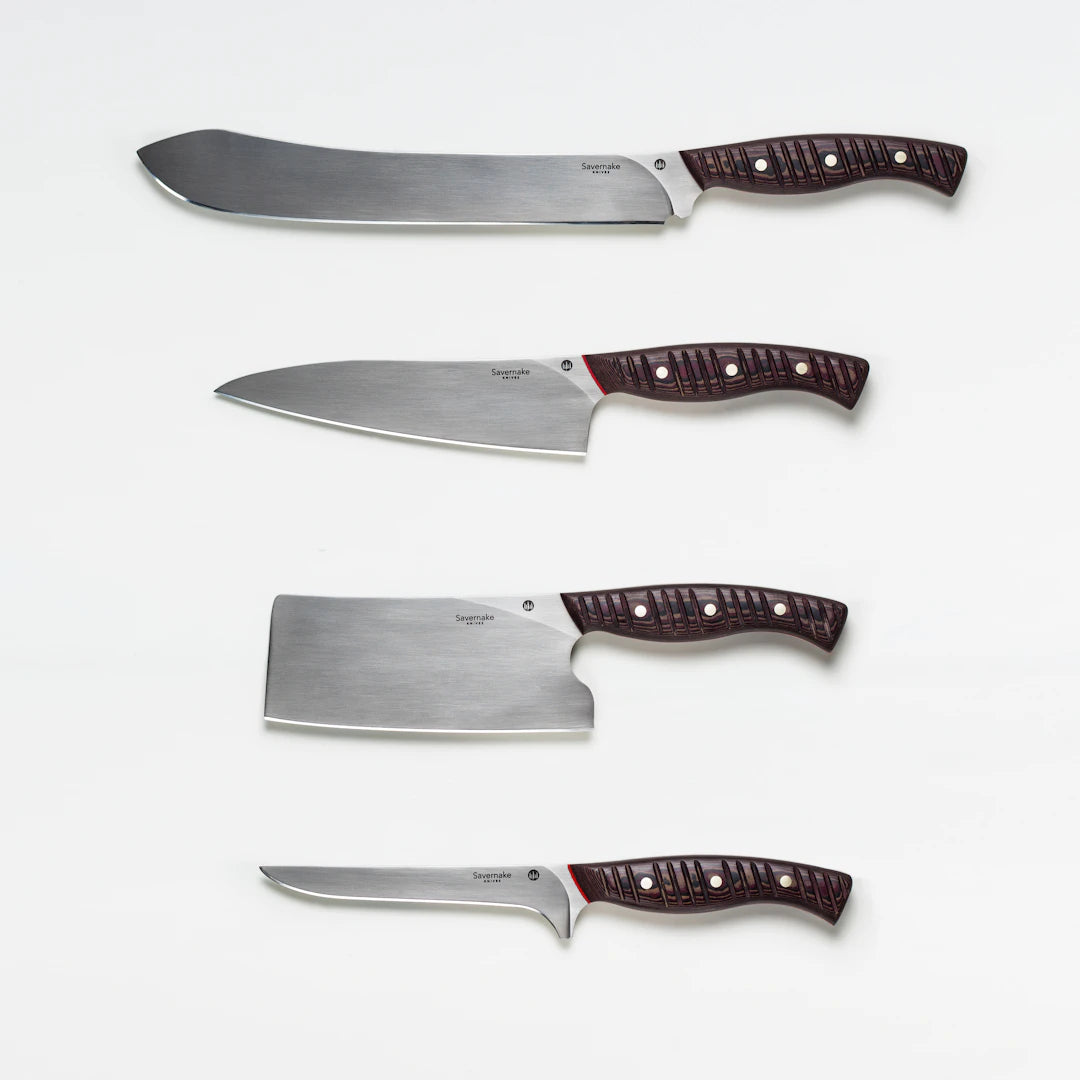
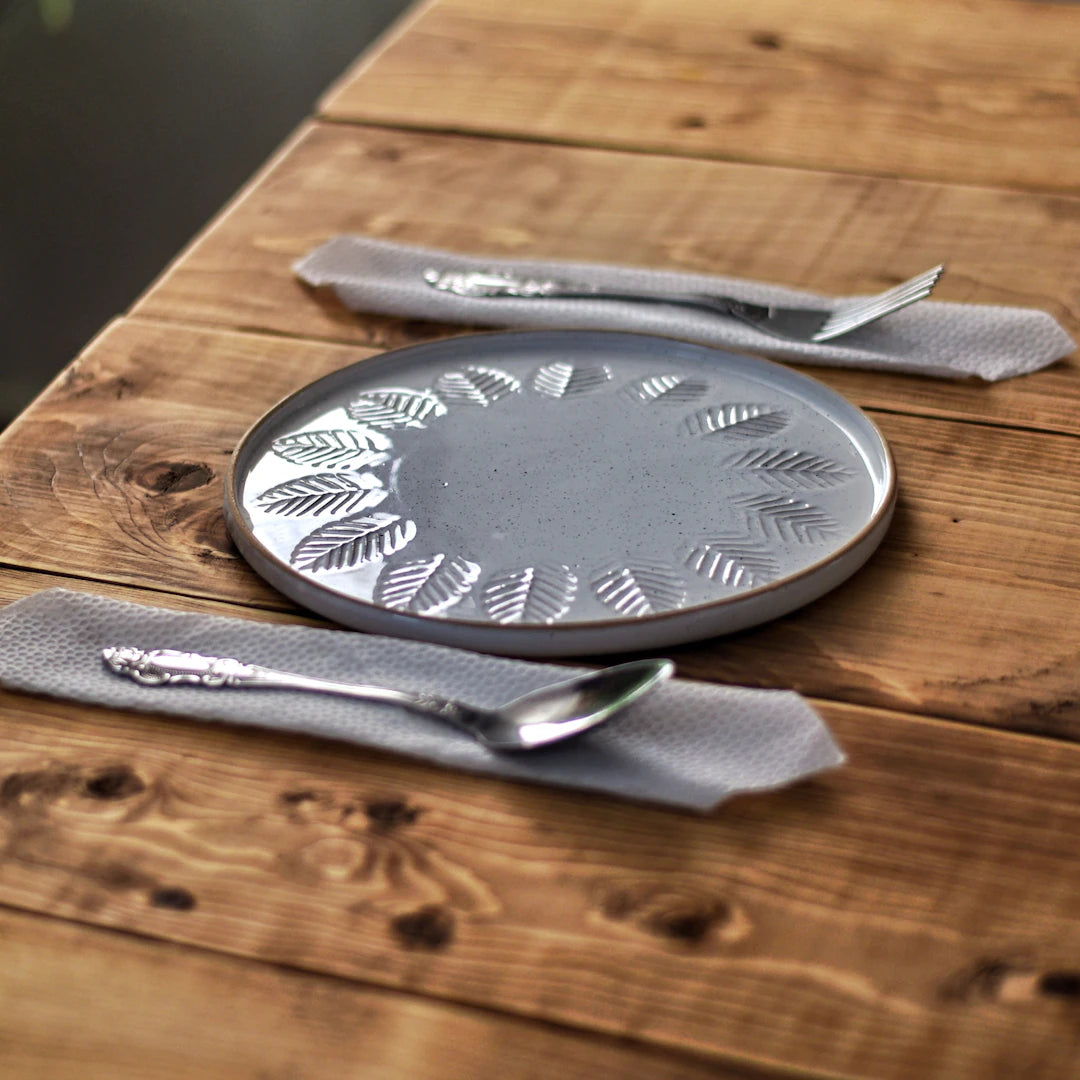

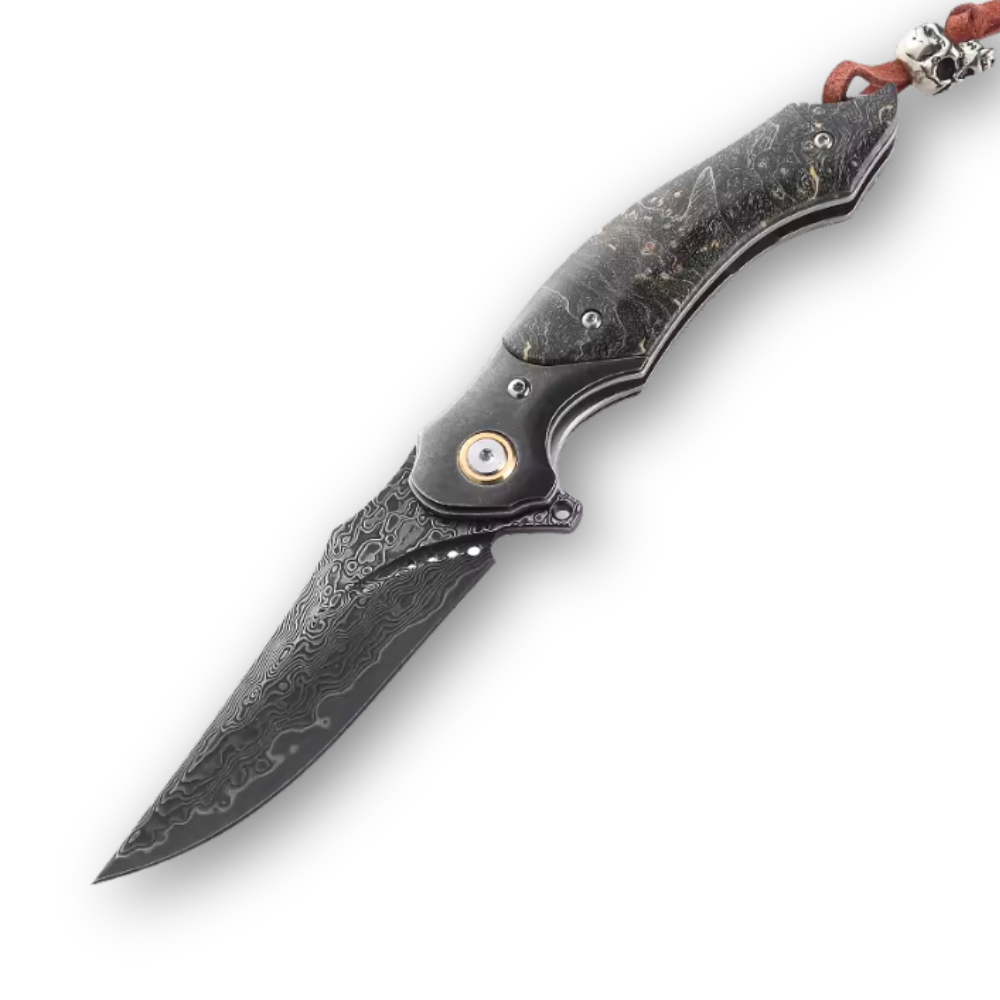
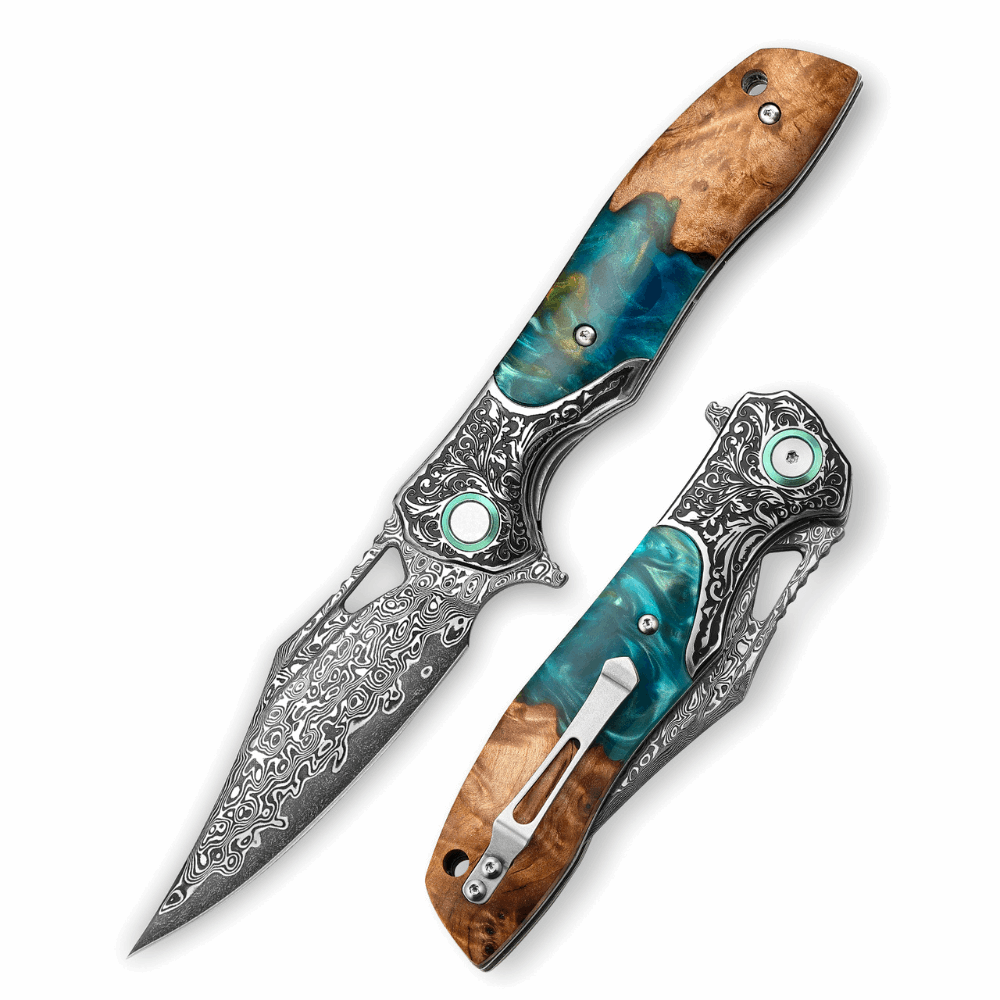
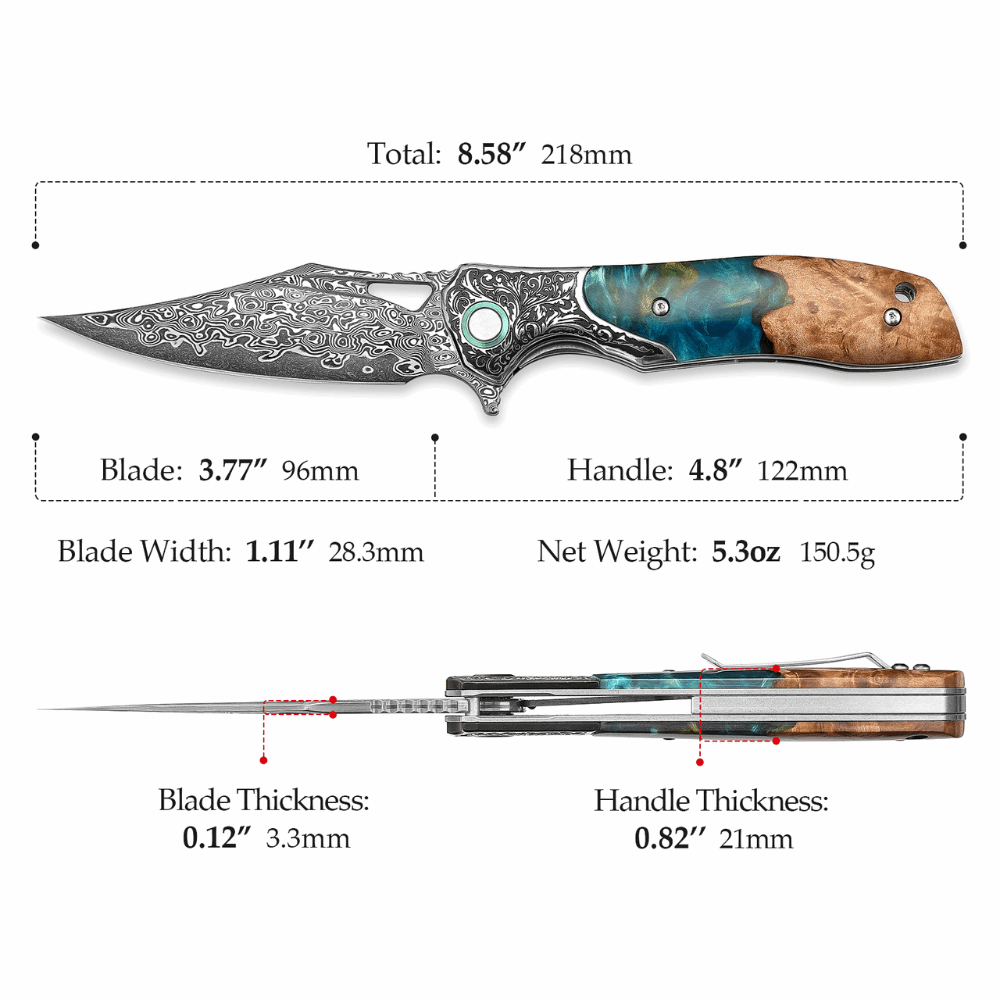
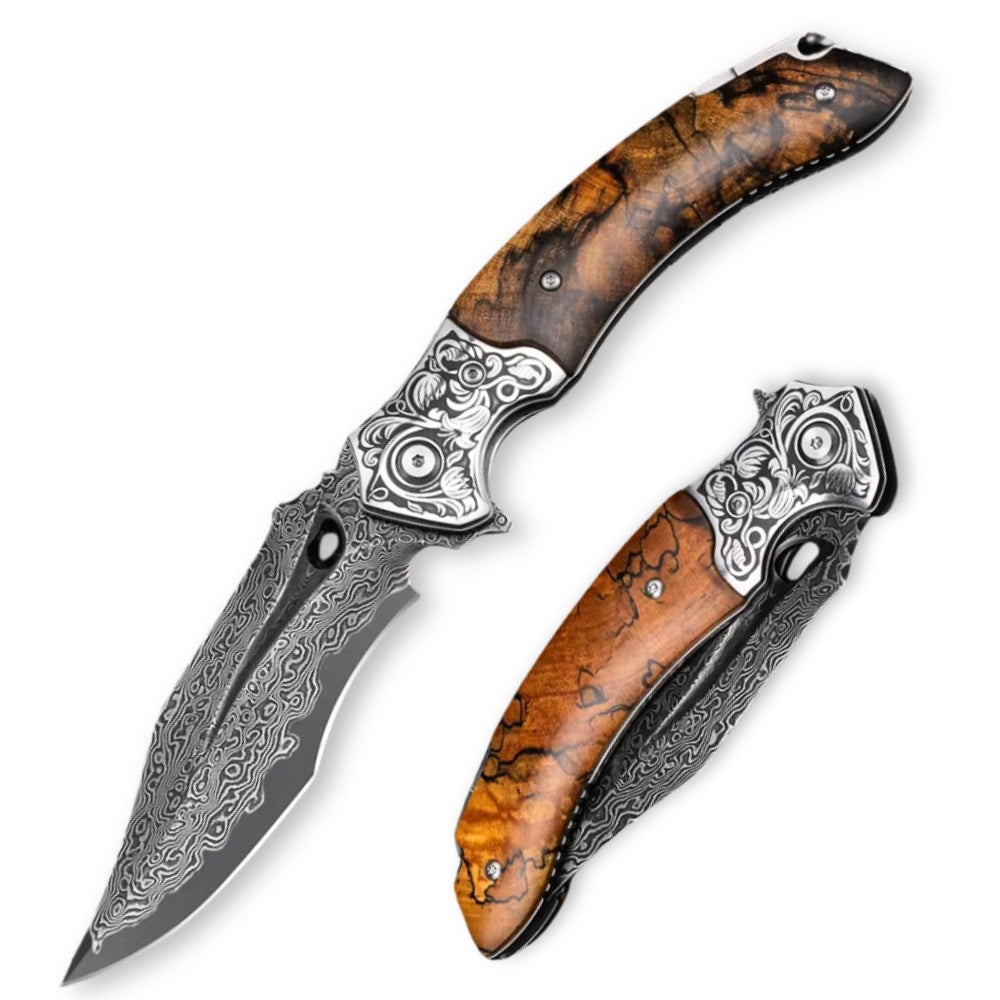
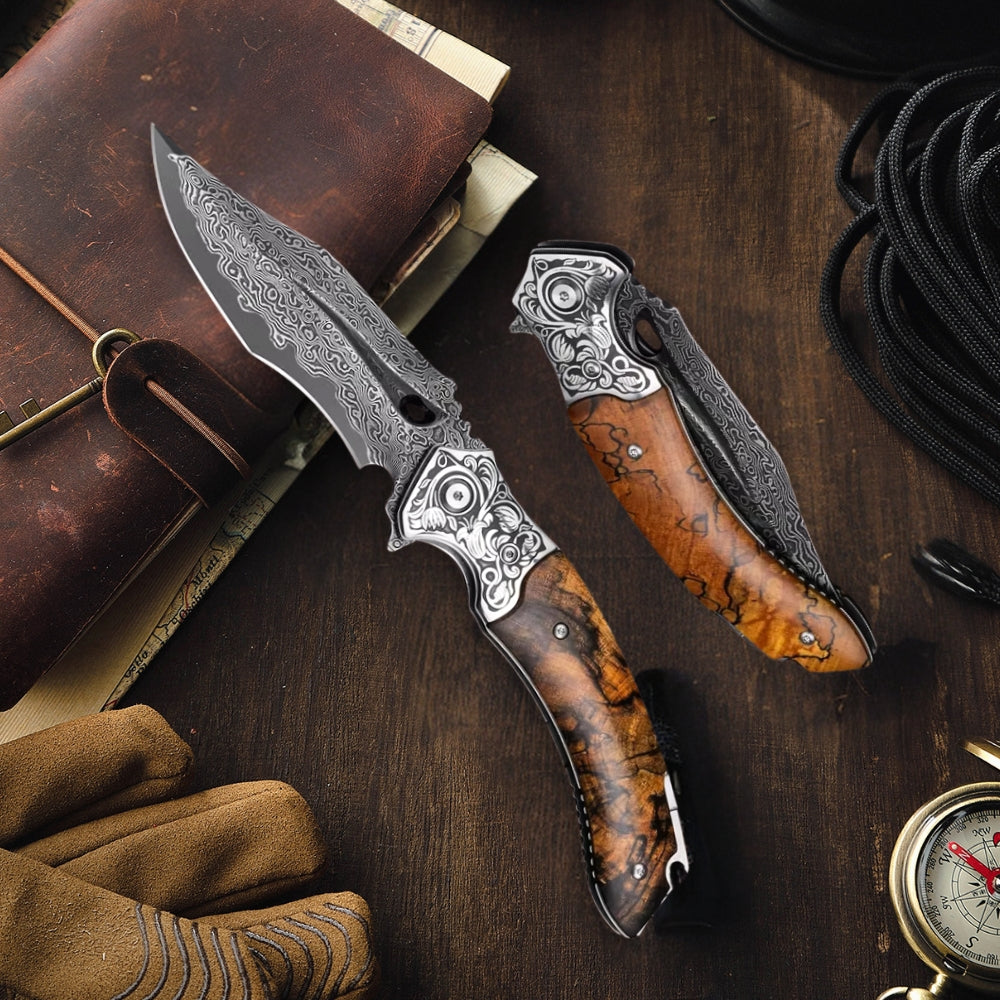
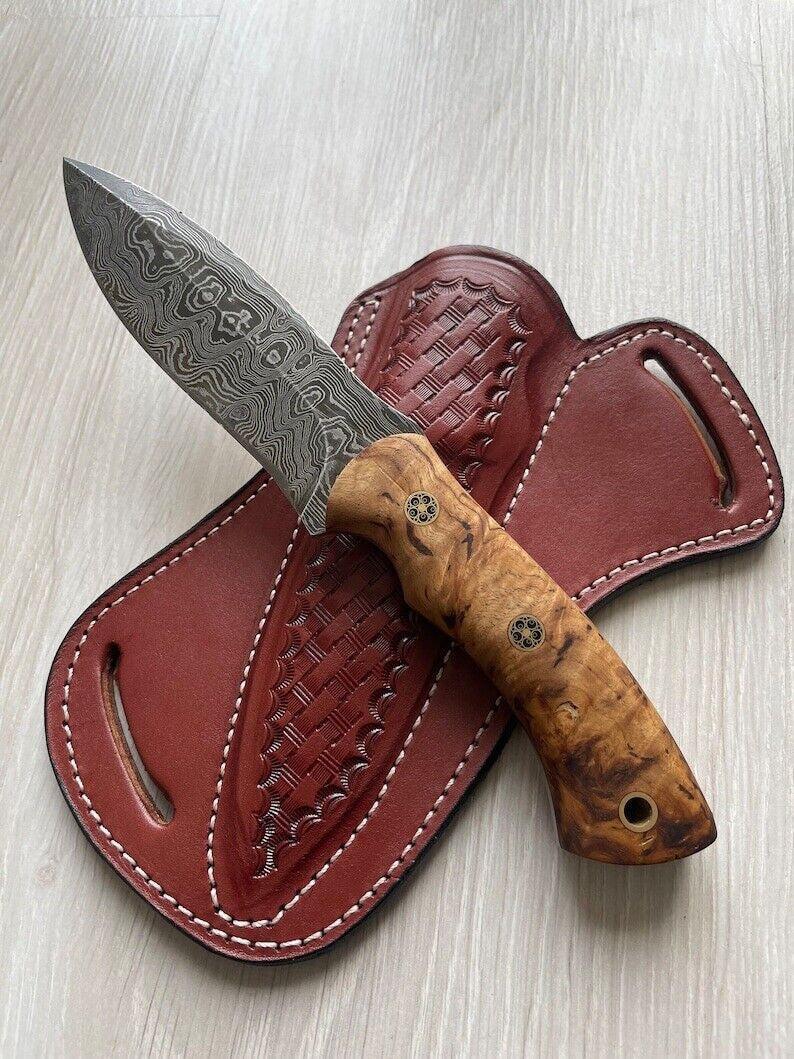
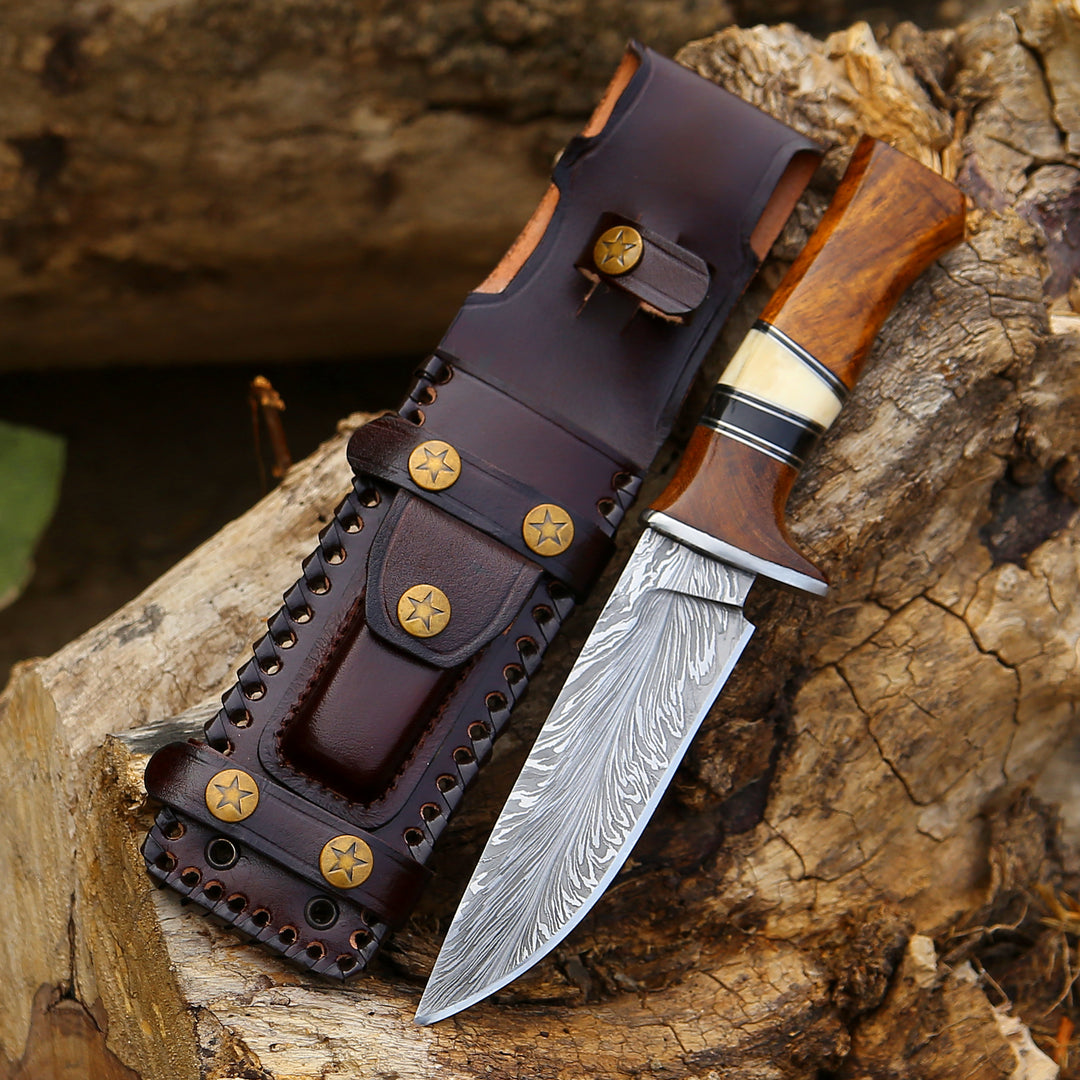
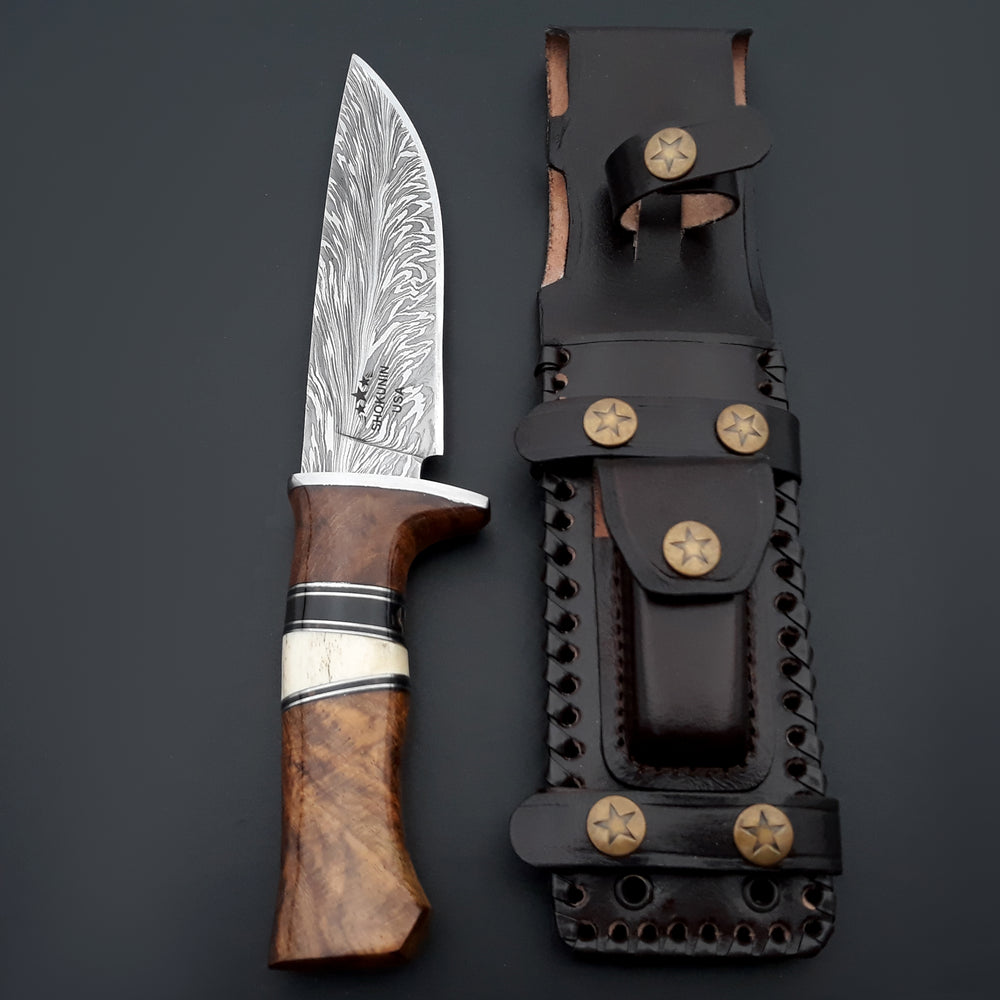
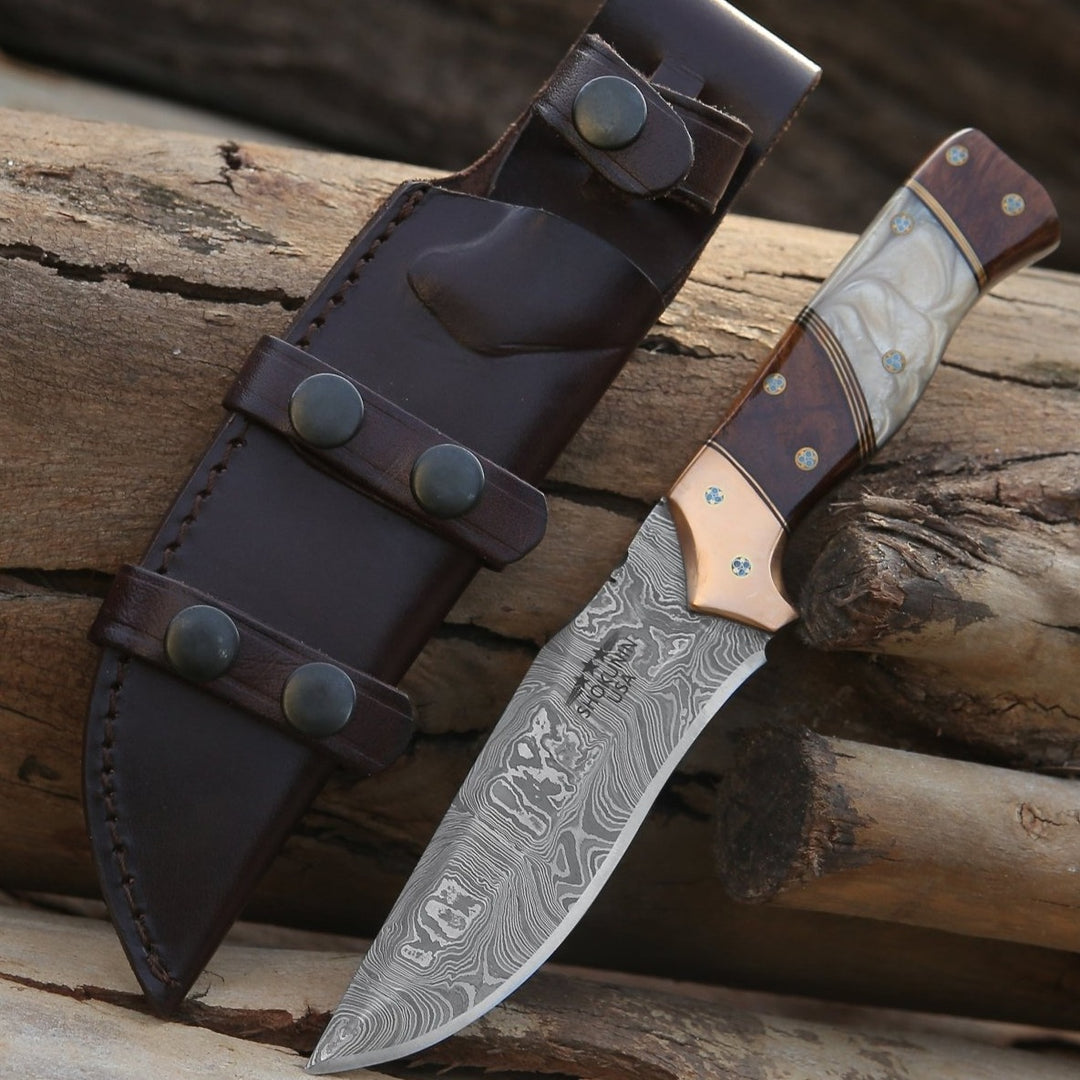
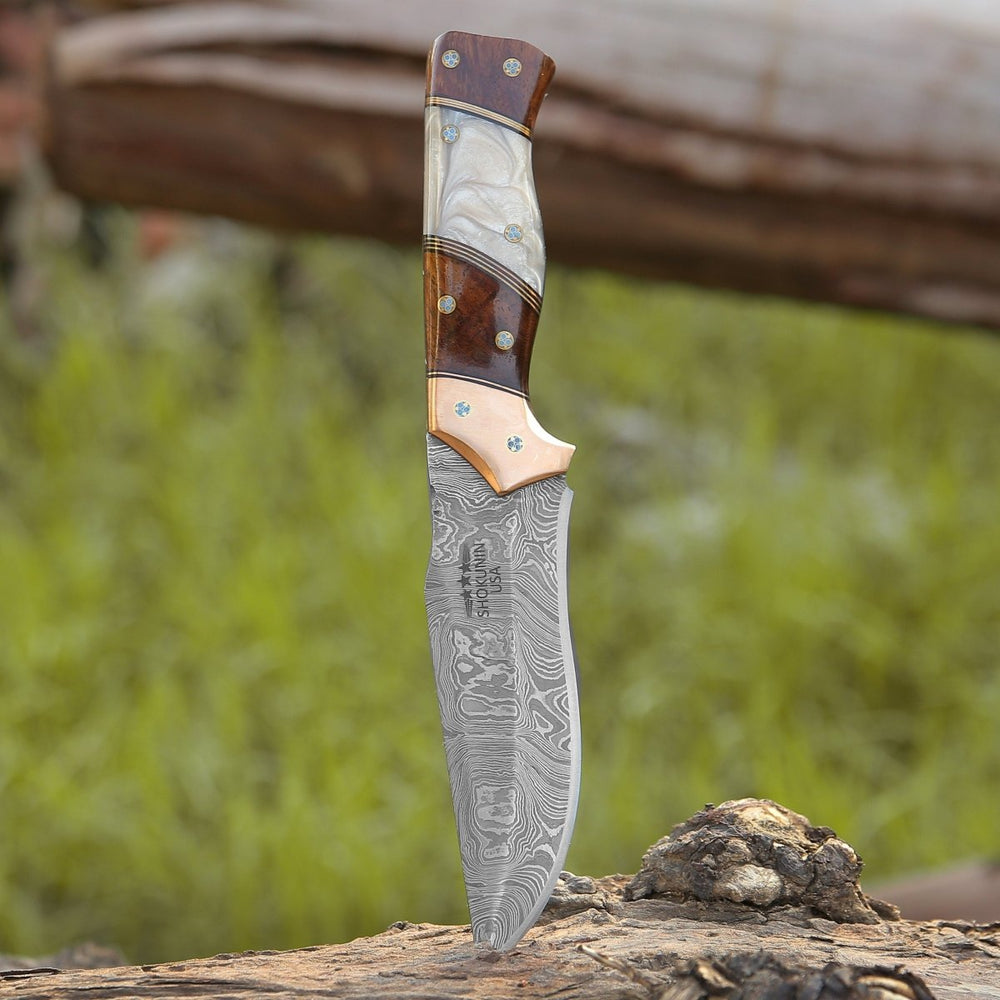
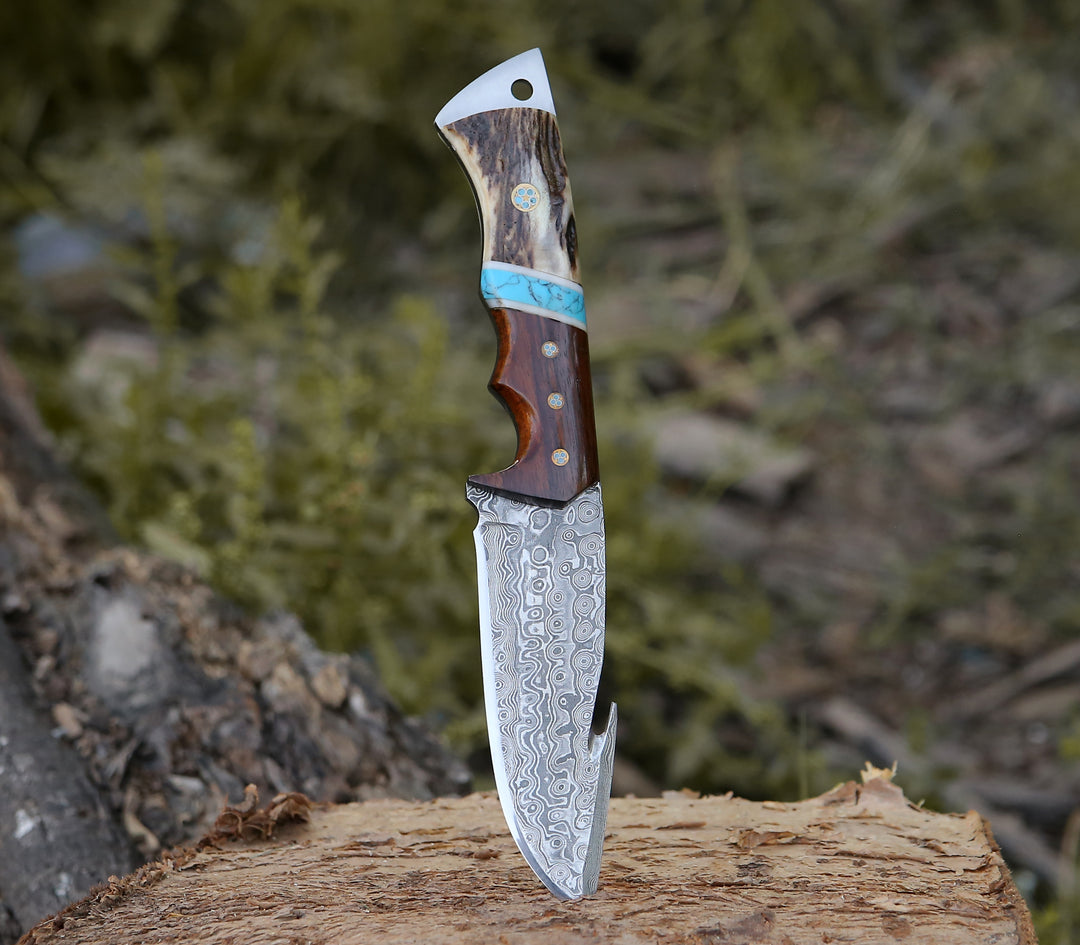
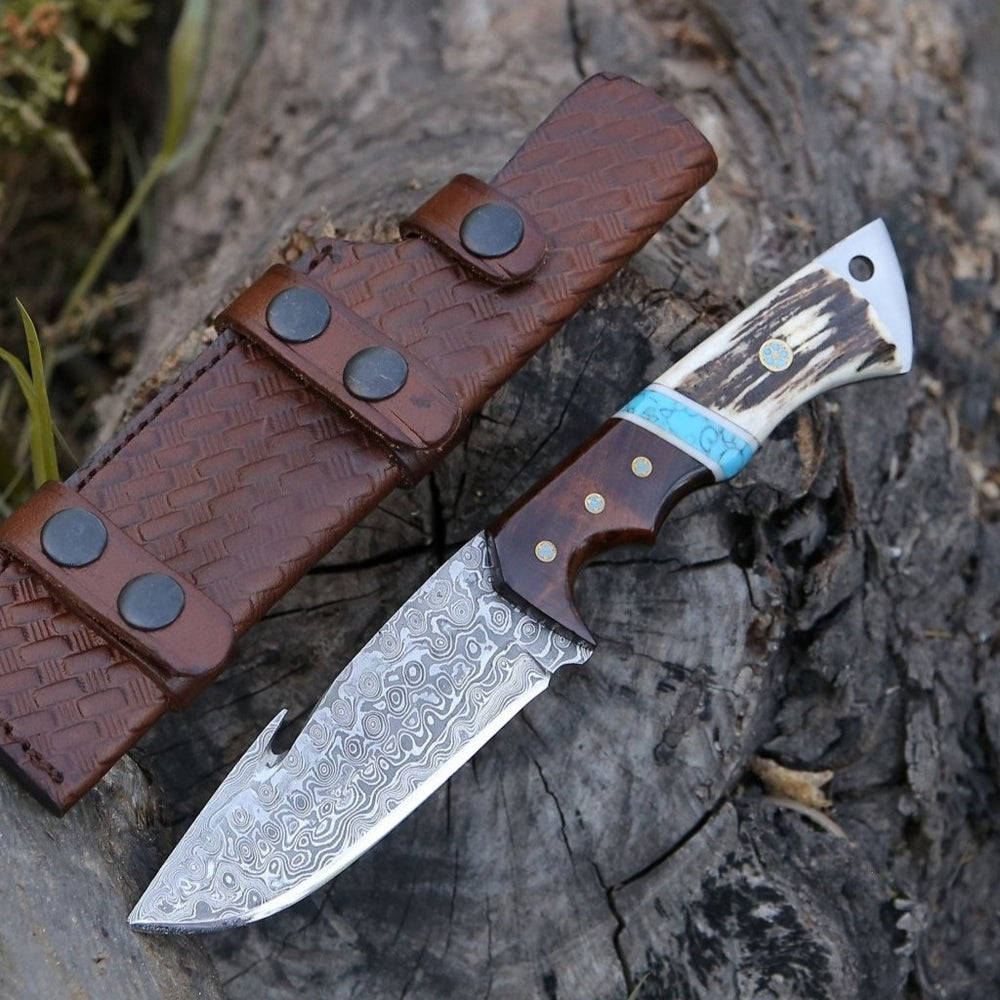
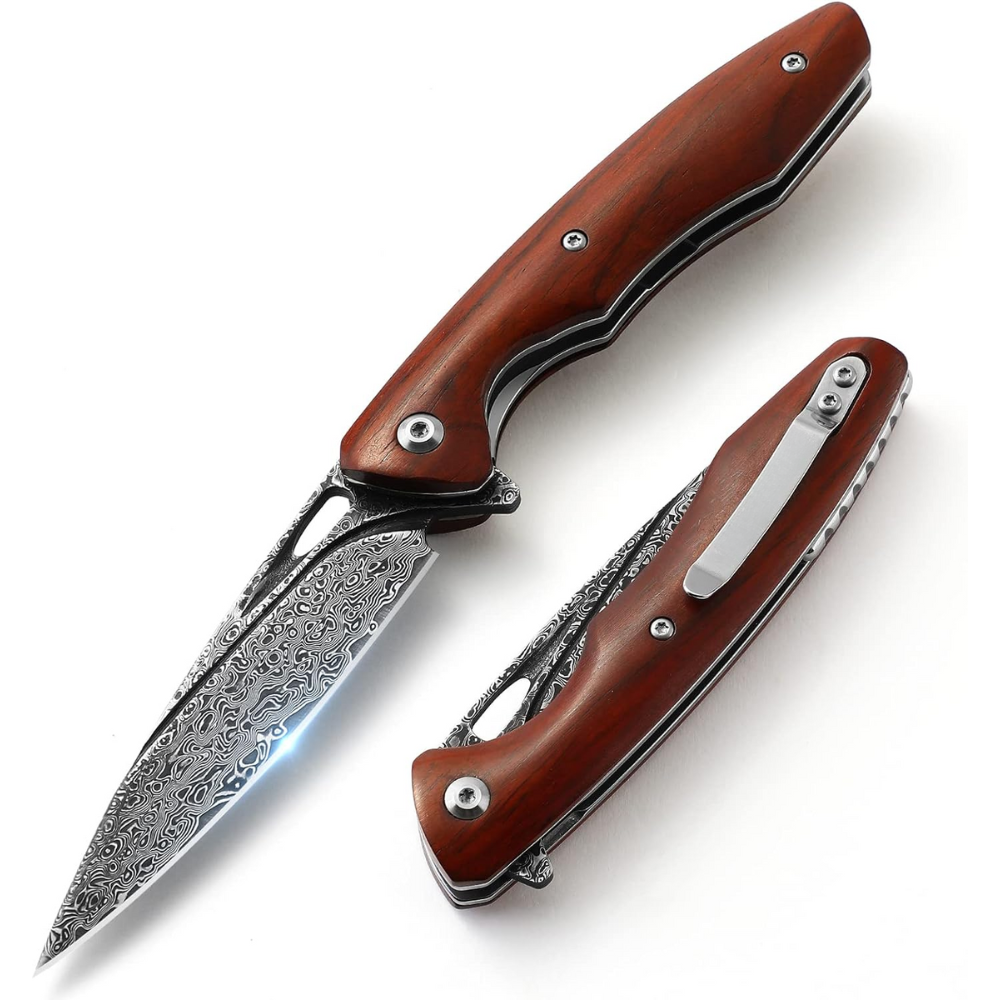

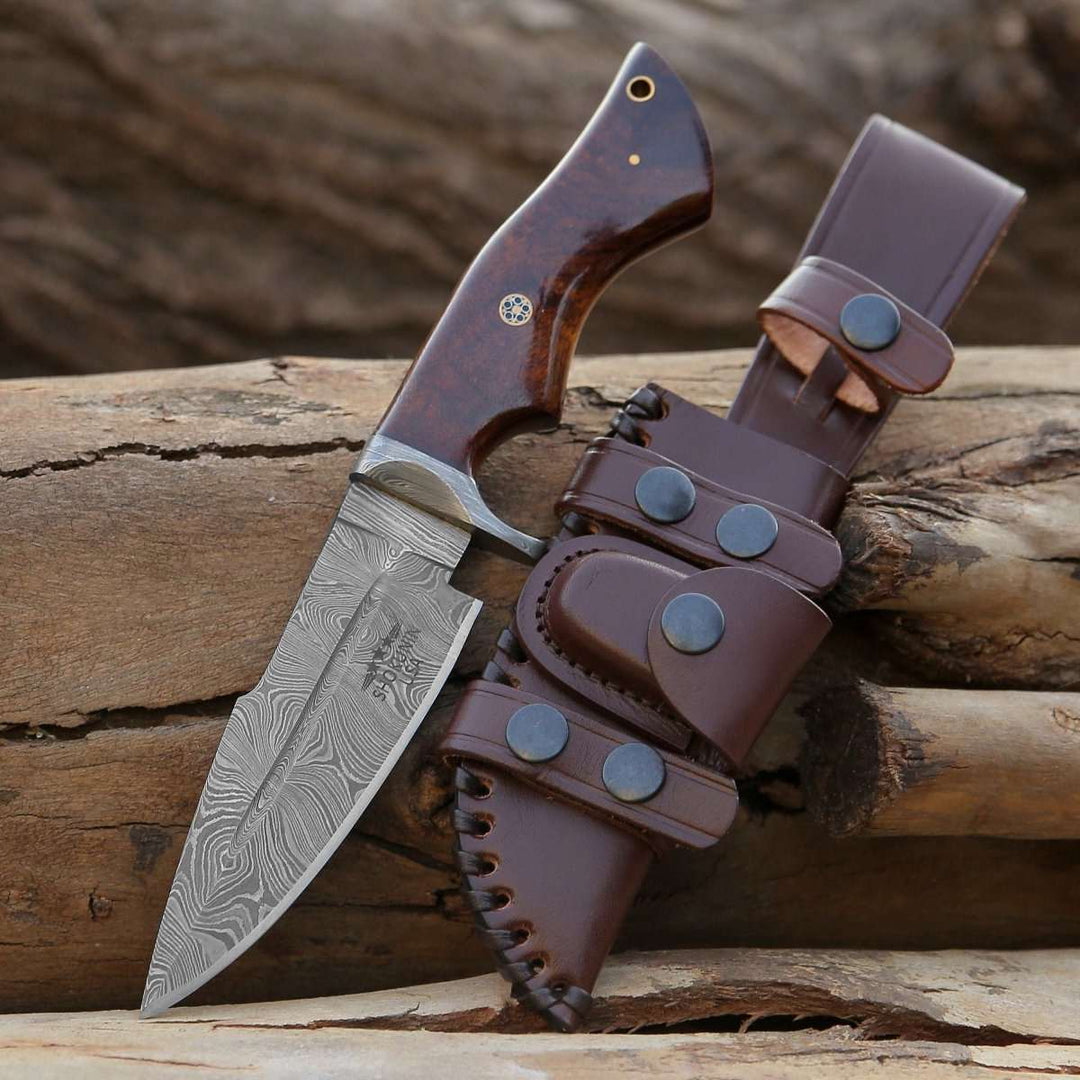
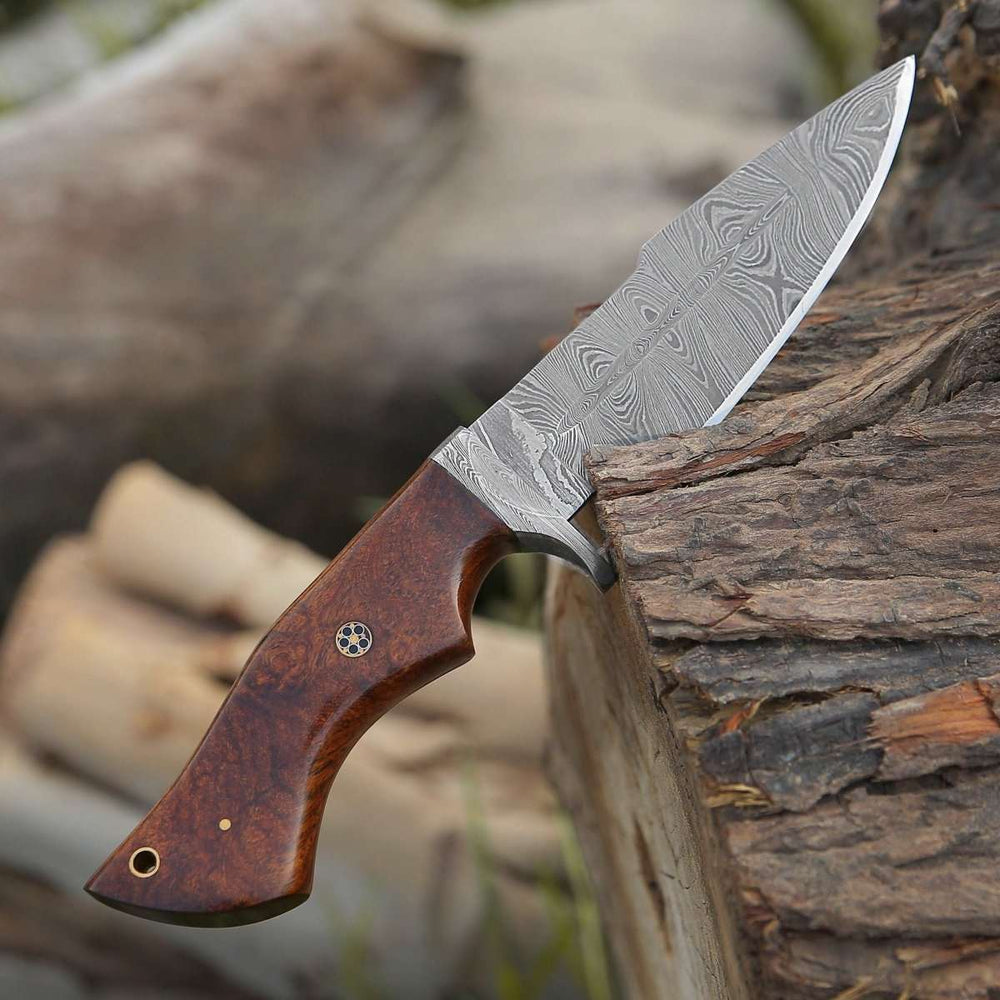
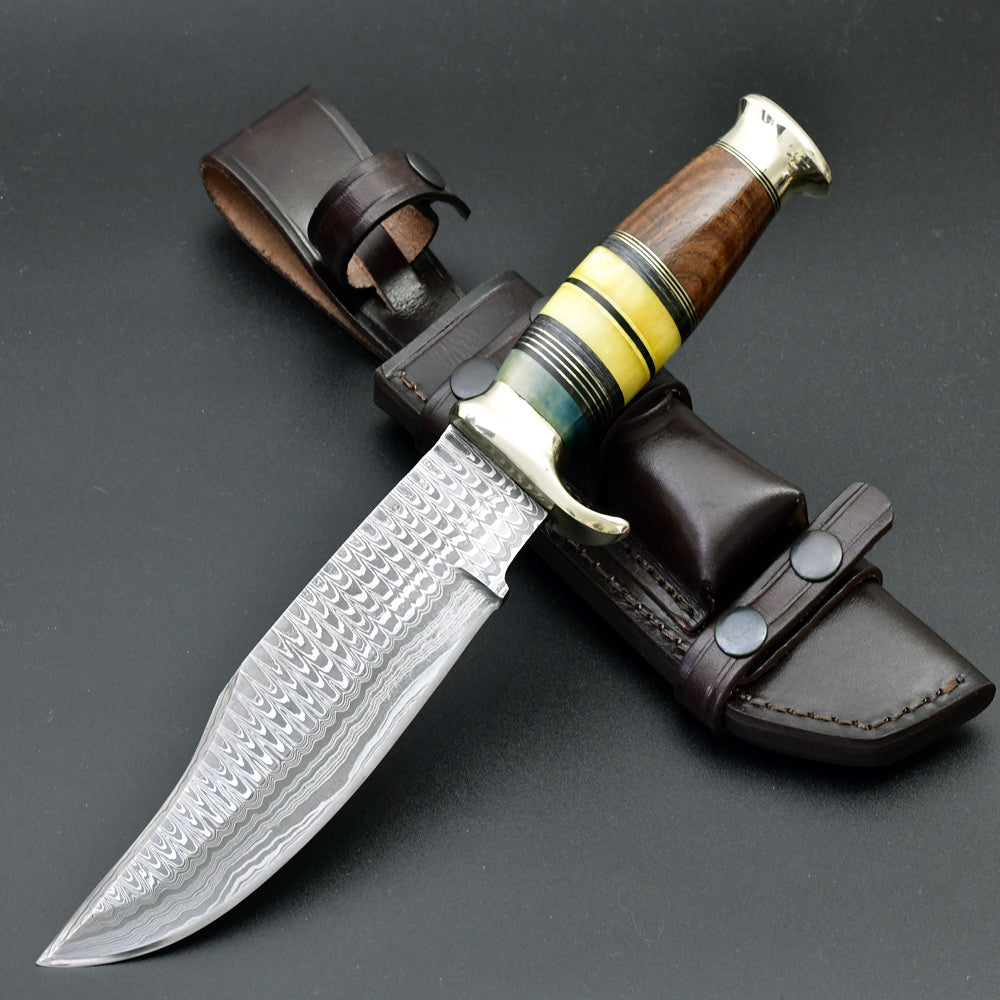
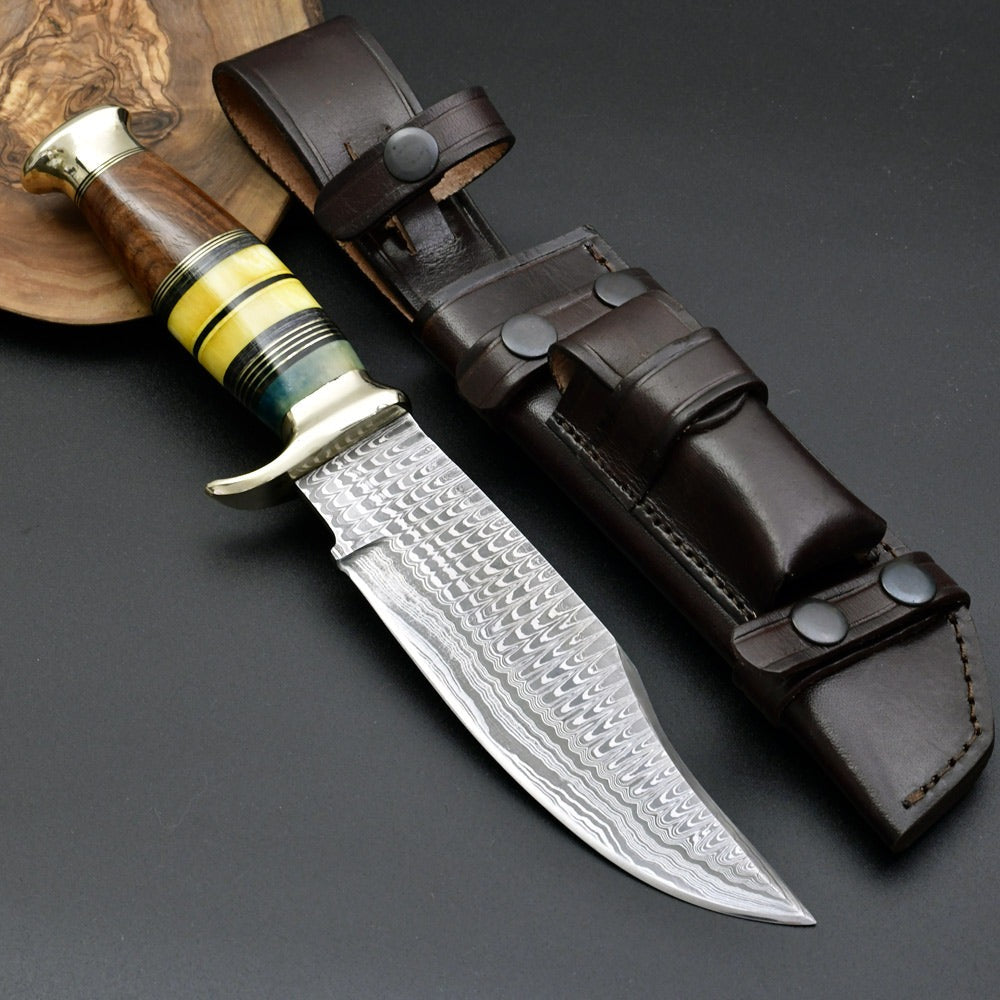
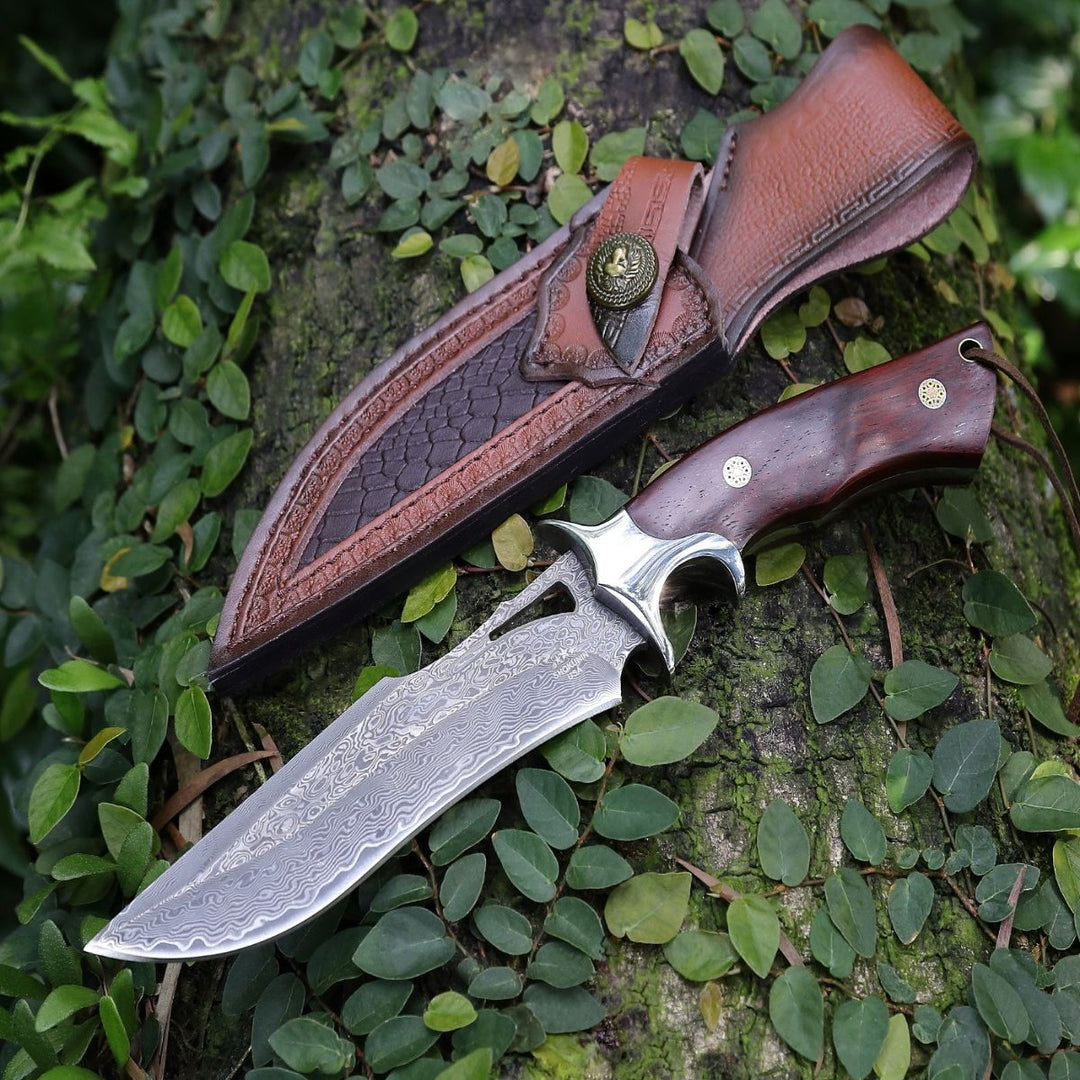
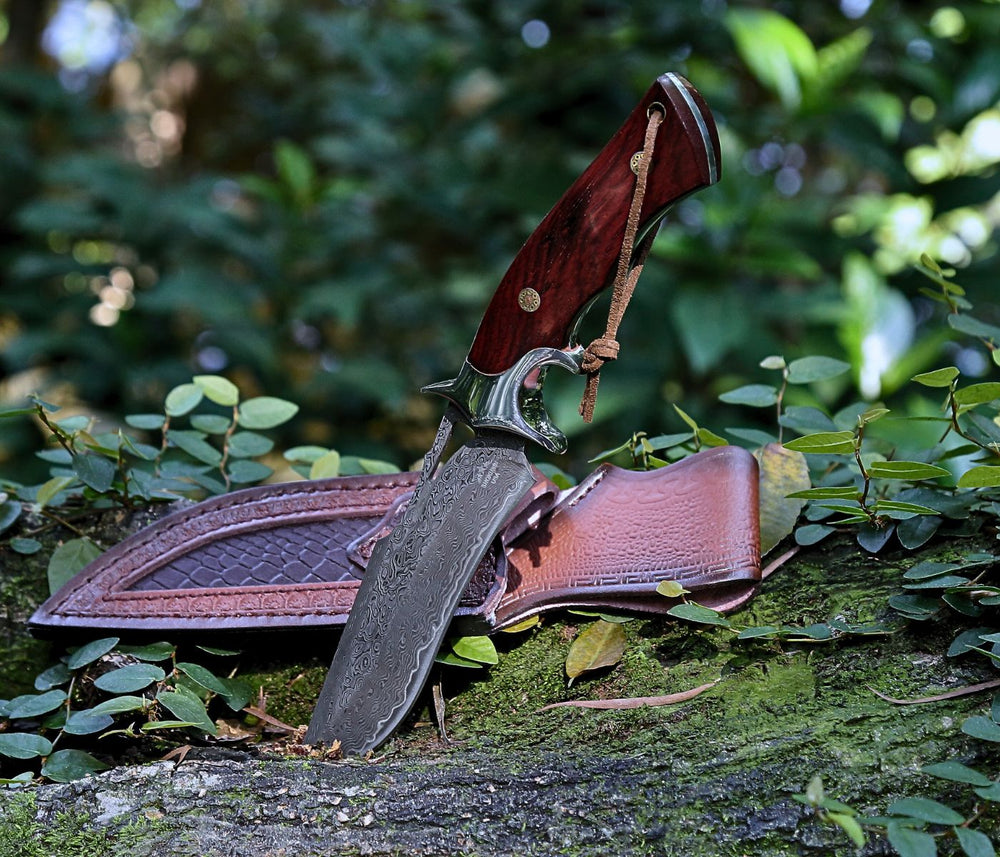
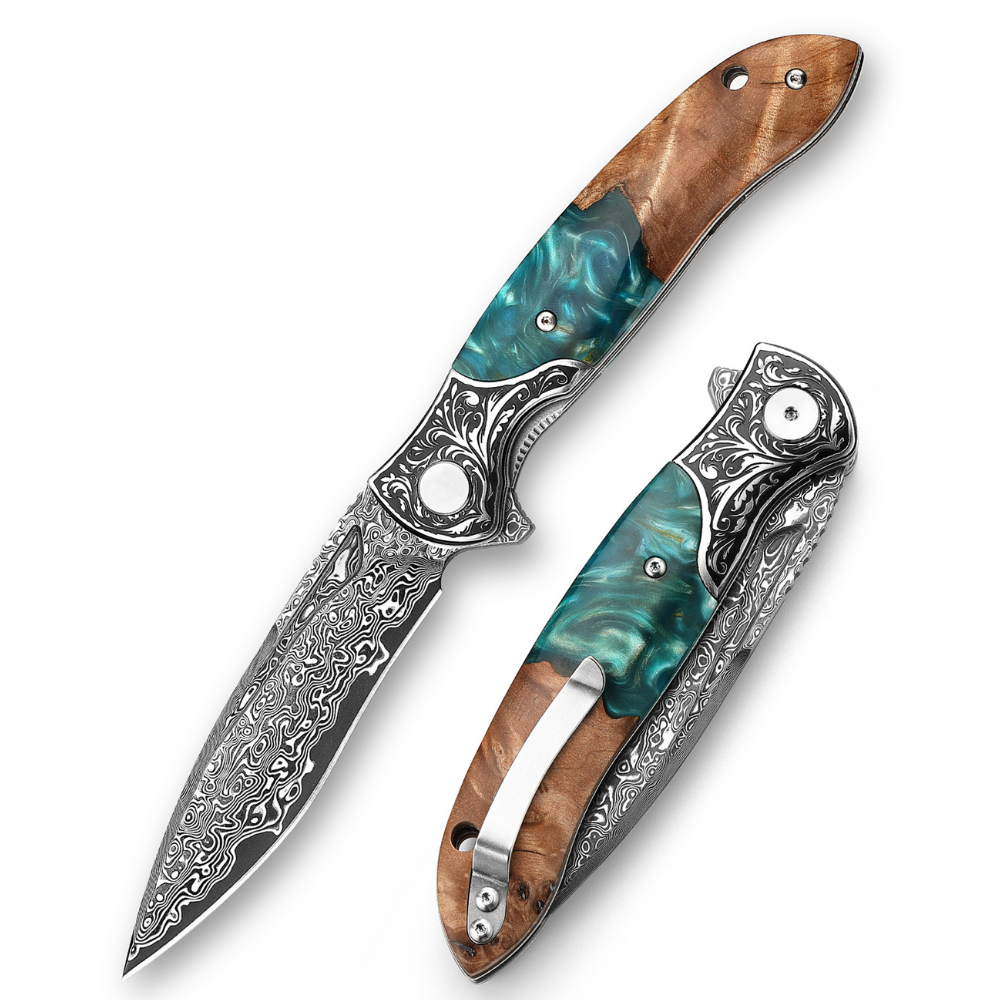
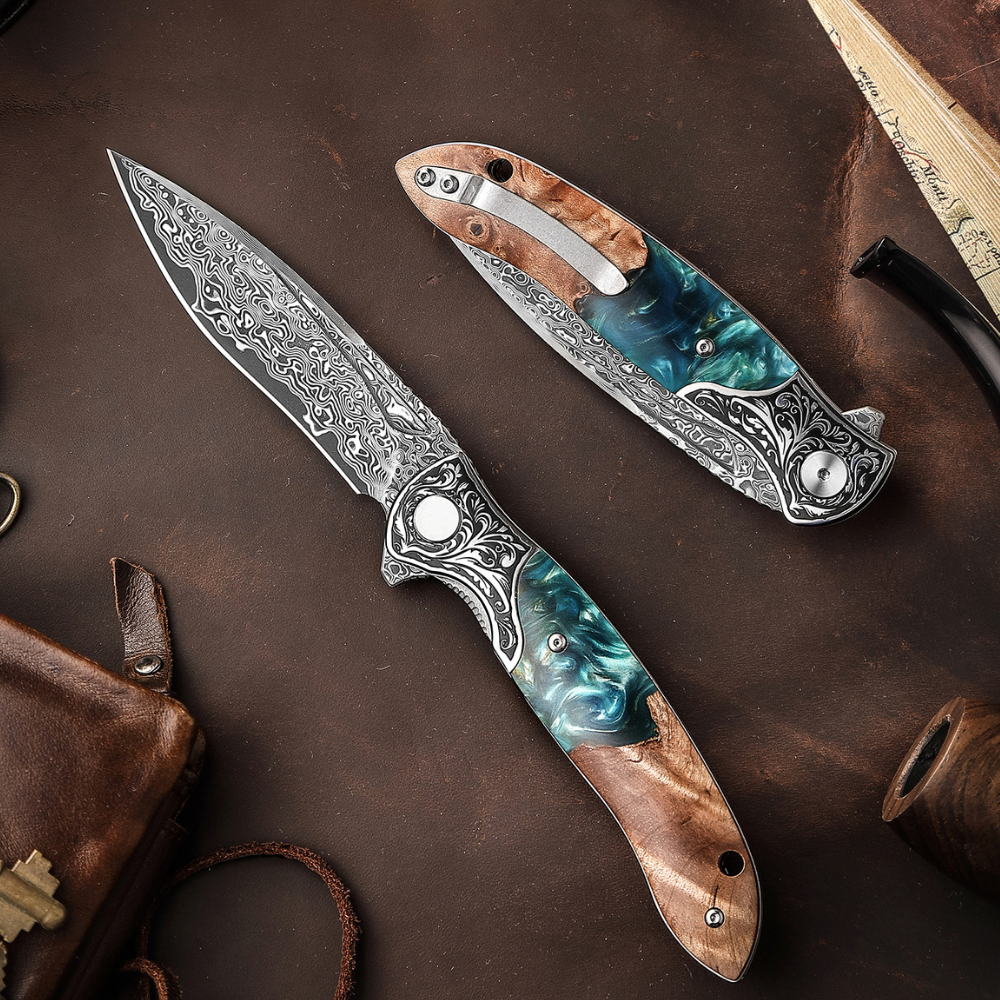
Leave a comment